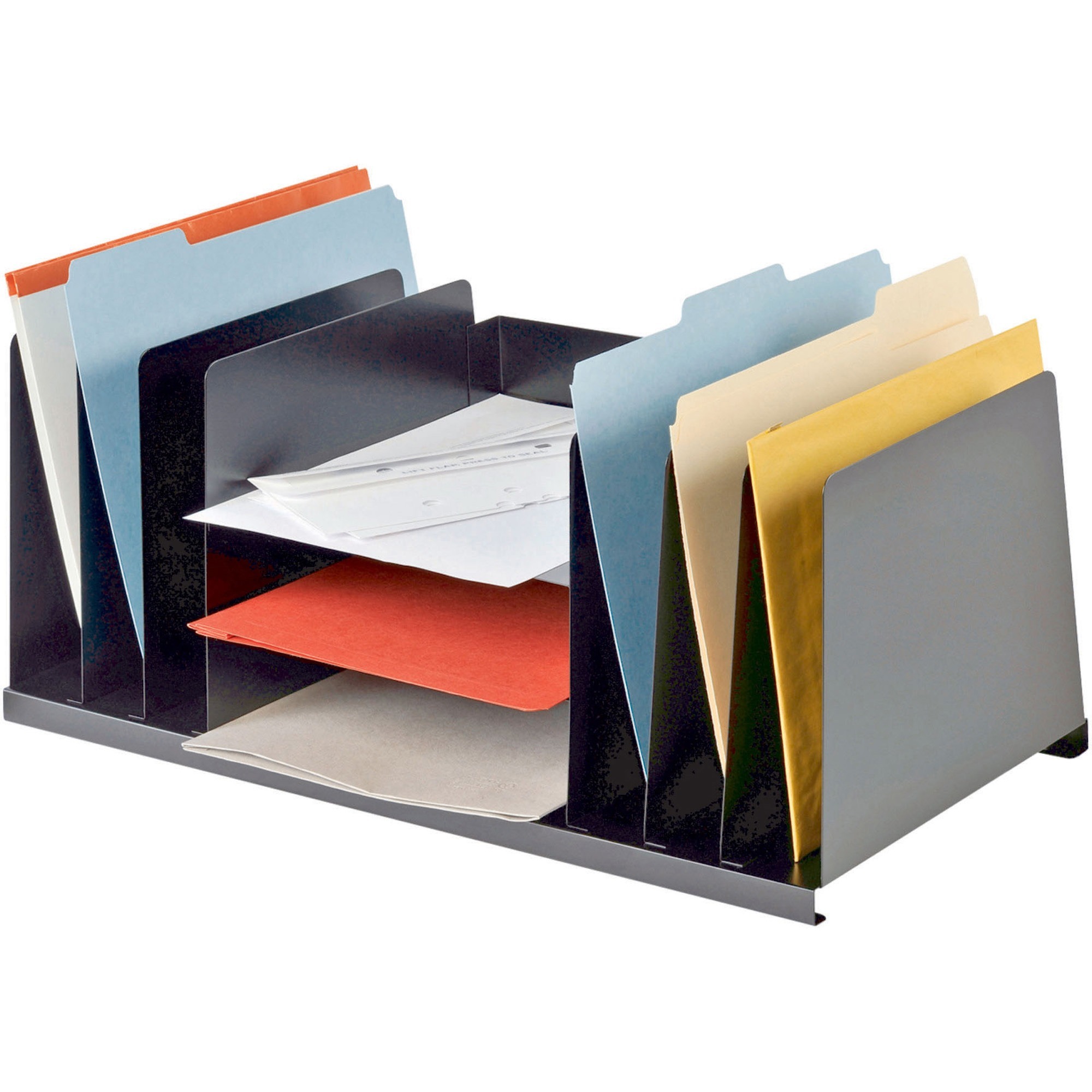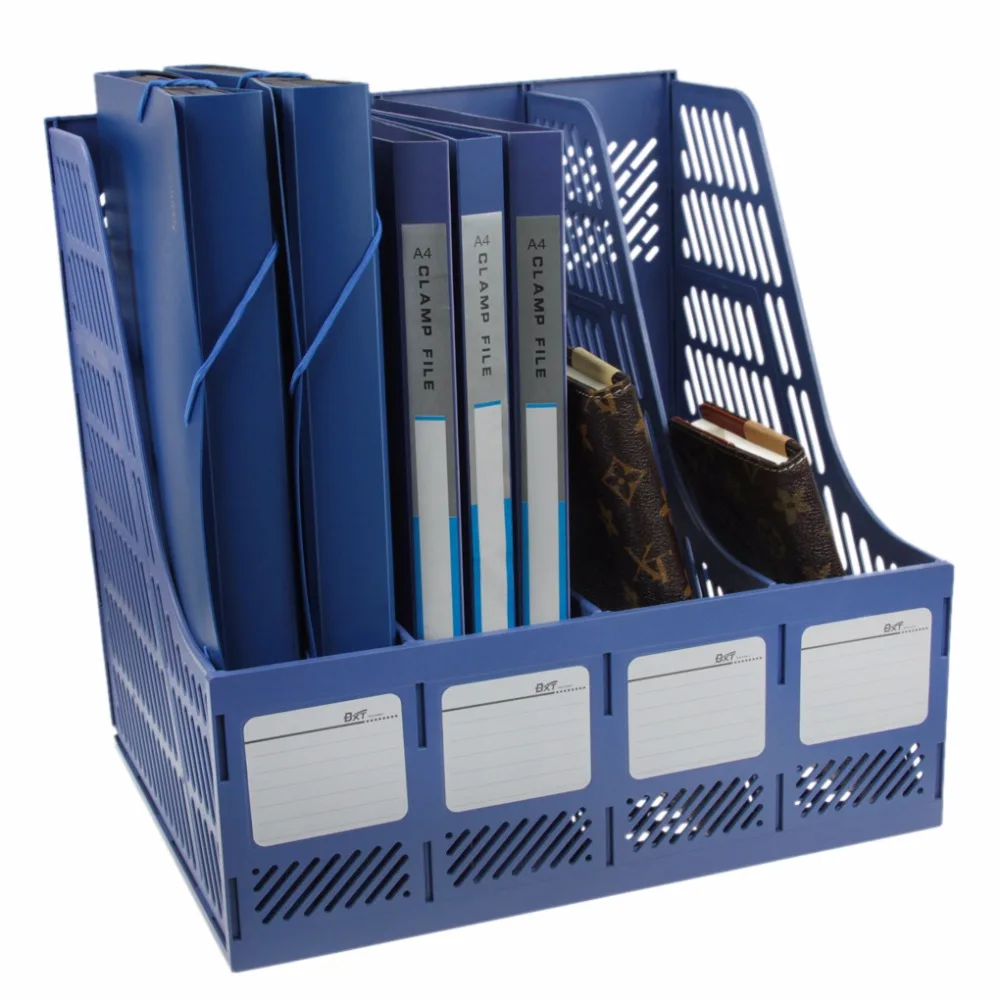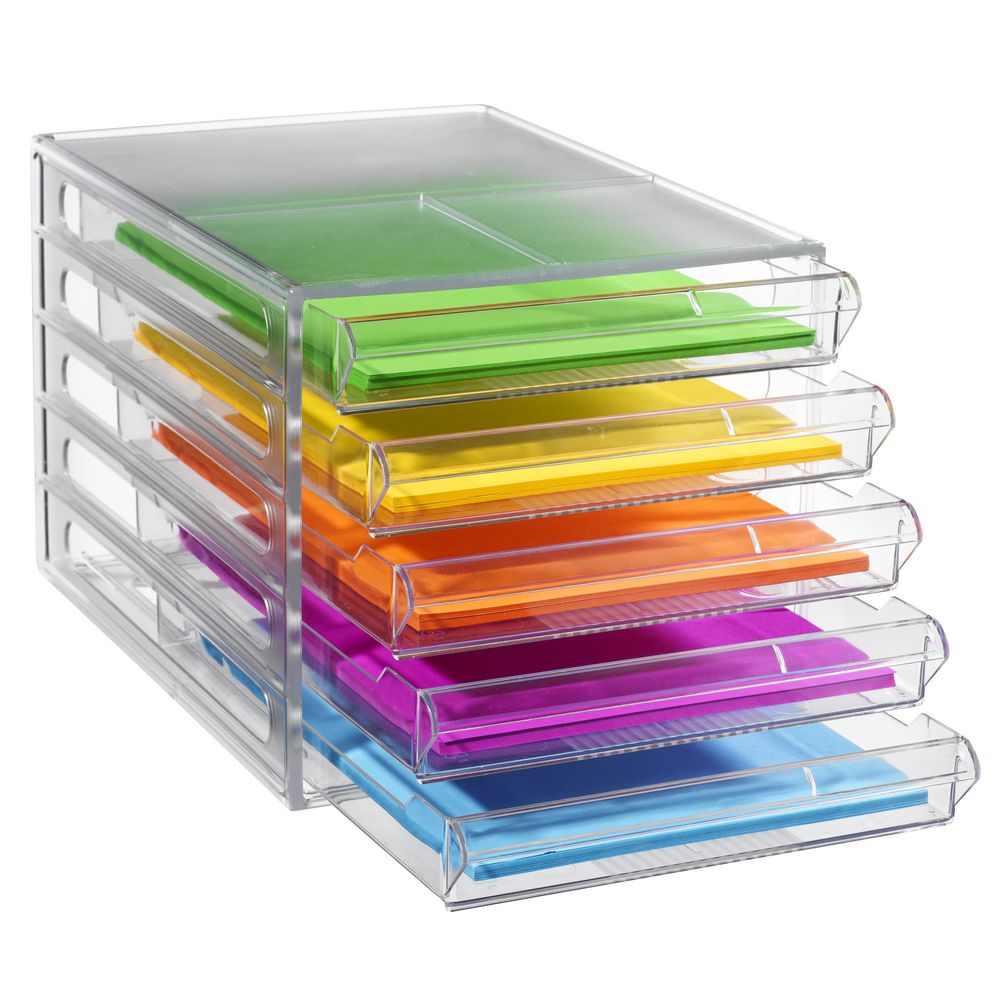

- #DESKTOP FILE STORAGE HOW TO#
- #DESKTOP FILE STORAGE INSTALL#
- #DESKTOP FILE STORAGE DOWNLOAD#
- #DESKTOP FILE STORAGE WINDOWS#
#DESKTOP FILE STORAGE INSTALL#
Install NuGet by running the following command: Install-PackageProvider -Name NuGet -Force Start an elevated PowerShell prompt and run the following commands: Set-ExecutionPolicy -ExecutionPolicy Unrestricted -Scope CurrentUser After downloading, unzip the file to a folder like c:\AzFilesHybrid.
#DESKTOP FILE STORAGE DOWNLOAD#
The new File share is now created Step 3 : Enable Active Directory authentication on the Storage accountįor the next steps you need to logon to a domain controller and download the AzFilesHybrid PowerShell module from here. The default size of a FSLogix Profile container is 30 GiB, so in general you can use the following calculation: # of users X 30. Give this File share a Name and fill in the number of GiB by Provisioned capacity. On the Overview page of the Storage account, click File shares In this step we are going to create the file share itself. Click Next : Review + createĪfter the deployment is complete, click Go to resources Step 2 : Create a File Share Optionally you can add tags to this Storage account. Set Secure transfer required to Enabled and Blob public access to Disabled. Therefore I will set this option to Enabled and set the File share retainment period in days to 7 days. Under Private DNS integration set Integrate with private DNS zone to Yes and click OK and Next : Data protectionįile share soft delete is optionally, but I think it is always good to have a quick restore option in case the Azure File Share is accidently been deleted. Under Networking, select your Virtual network and Subnet. Select your Subscription, Resource group and Location. Click the + Add button to add a Private endpoint. In this case I will use Private endpoint (for security reasons). Select the preferred Connectivity method. Select the Performance type, Account kind (see intro of this blog for more info) and Replication type and click Next : Networking Give this storage account a name (must be globally unique) and select the Azure Location. Select your Subscription and Resource group (or create a new one). Open the Storage accounts blade and click the + Add button to add a new storage account. Login to the Microsoft Azure Portal to perform the steps below. Step 1 : Create a Storage account with a Private endpoint Standard storage account general-purpose file shares are good for dev/test environments with up to 200 concurrent active users. Premium storage account have more IOPS, but file share size is provisioned (Standard HHD is Pay-as-you-Go), so in general you pay more for your storage, at least in the beginning. For the local domain you need to have the rights to create groups, users, add ADMX files to the Policy repository and create and edit GPO objectsĭuring the creation of the storage account you get the option to select Standard (HHD) with account type GPv2 or Premium (SSD) with account type FileStorage.Owner permissions on the Azure subscription.
#DESKTOP FILE STORAGE WINDOWS#

Configure NTFS rights on the Azure File Share.Configure Storage account Access control (IAM).Enable Active Directory authentication on the Storage account.Create a Storage account with a Private endpoint.This blog is divided into the following steps:
#DESKTOP FILE STORAGE HOW TO#
In this blog I will show you step-by-step how to deploy FSLogix Profile container user Azure Files and Active Directory authentication for Windows Virtual Desktop. Azure Files is an Azure service that is scalable on-demand and which is not dependent on a VM that needs to be running 24/7. There are several options for the storage location like an existing (or new) Windows File server, but since Azure Files with Active Directory authentication is GA, I personally prefer this option. It will optimize the sign-in time for the end user because the user profiles are stored in VHD(X) file that is mounted to the concerning Session host VM every time the user signs in and therefor nothing has to be downloaded first.

With FSLogix Profile container you can maintain user context (for example application settings) in non-persistent environments like within a Pooled Windows Virtual Desktop Host pool.


 0 kommentar(er)
0 kommentar(er)
